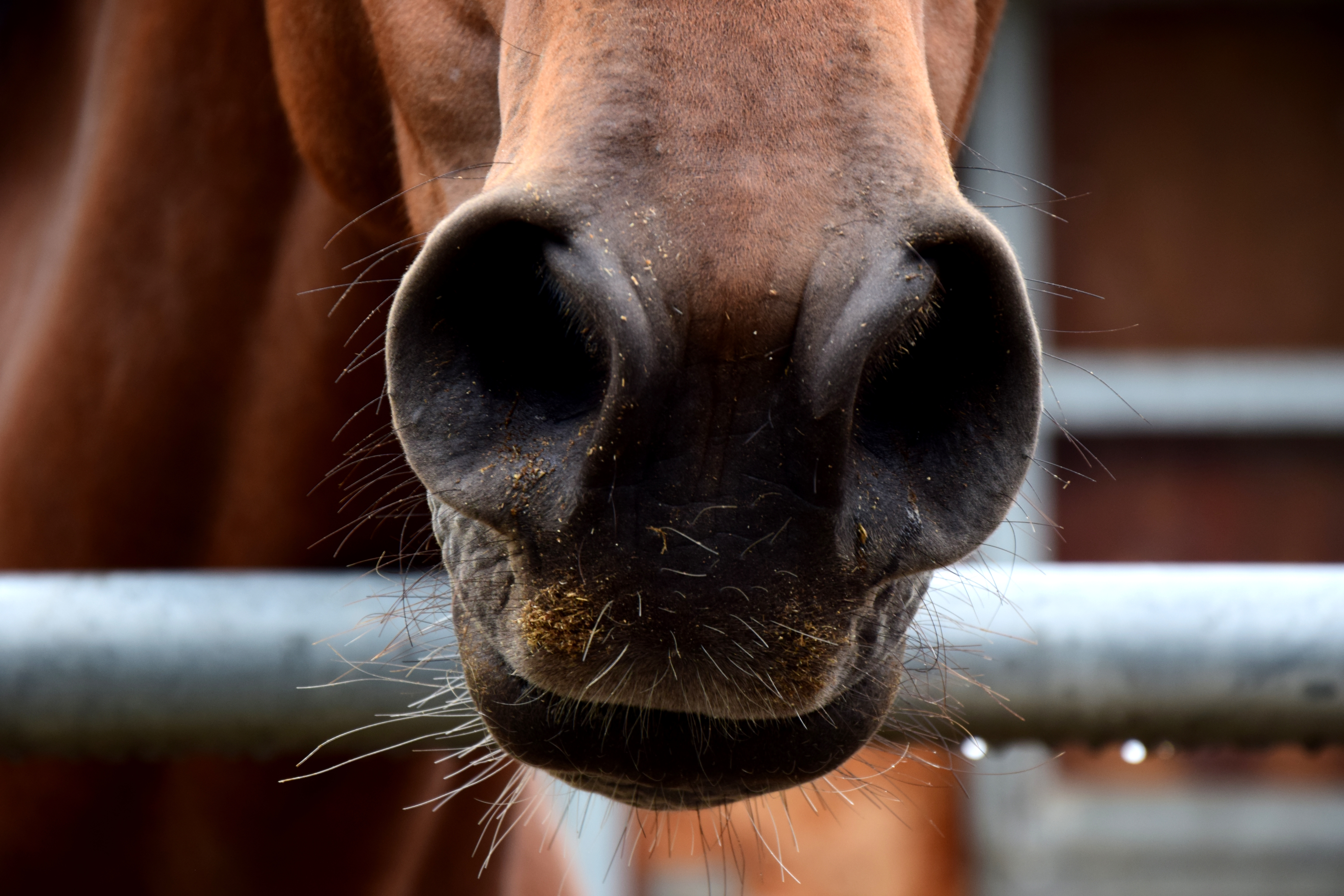Home > Horse Care > Respiratory therapy may boost performance
Respiratory therapy may boost performance
- September 10, 2025
- ⎯ Christine Barakat
New research from England suggests that a therapeutic breathing technique used in human medicine may be helpful in improving respiratory strength—and performance —in horses.

Developed to address respiratory problems in people with chronic lung or heart disease, inspiratory muscle training (IMT) entails breathing through a device that imposes resistance to inhalation. “IMT trains both the upper airway muscles and the respiratory pump muscles, that is, the diaphragm,” explains Kate Allen, BVSc, PhD of the University of Bristol, who worked with Laura Fitzharris, BVSc, MRCVS, on the study. “The muscles are the same type as the leg and locomotor muscles, and therefore should respond to appropriate training.”
IMT has recently become popular among human athletes looking to improve respiratory performance, so the Bristol researchers decided to explore the feasibility of using the technology in horses.
Indeed, says Allen, the potential benefits of IMT may be even greater in horses than in people. “Human performance is limited by cardiovascular capacity whereas the racehorse’s performance is primarily limited by respiratory function,” she says. “Conventionally, cardiovascular fitness involves training all components of the body in equal amounts whereas IMT involves training the respiratory system in isolation. By improving the fitness/function of the respiratory muscles, they work at a lower percentage of their maximum during global performance.”
For the Bristol study, 10 Thoroughbreds in training for steeplechase racing were gradually acclimated to wearing a mask fitted with valves to control the level of resistance to each inhalation. Over a nine-week period, the horses underwent IMT five days a week, breathing through the mask while standing still. During each session, the horses took 30 “loaded” breaths, rested for approximately two minutes, then took 30 more. The resistance was increased every four days, but the protocol allowed increases or decreases in the intensity of the effort to be adjusted depending on the horse’s response. The horses continued their normal race training and competition schedules during both study periods. Tests of respiratory strength were made before and after the IMT.
The resulting data showed that the horses tolerated IMT well and that it can be introduced to commercial training yard.
Based on these findings, the researchers conclude IMT in horses is feasible.
The next step, Allen says, is to correlate IMT to physiologic or performance changes: “We are currently investigating the use of IMT for the treatment and prevention of upper airway collapse, and the effect on athletic performance. In humans there are widespread uses in a range of medical conditions, but it will take us a while to investigate all of these in the horse.”
Reference: “Inspiratory Muscle Training and Testing: Rationale, Development and Feasibility,” Equine Veterinary Journal, December 2019
Don’t miss out! With the free weekly EQUUS newsletter, you’ll get the latest horse health information delivered right to your in basket! If you’re not already receiving the EQUUS newsletter, click here to sign up. It’s *free*!





